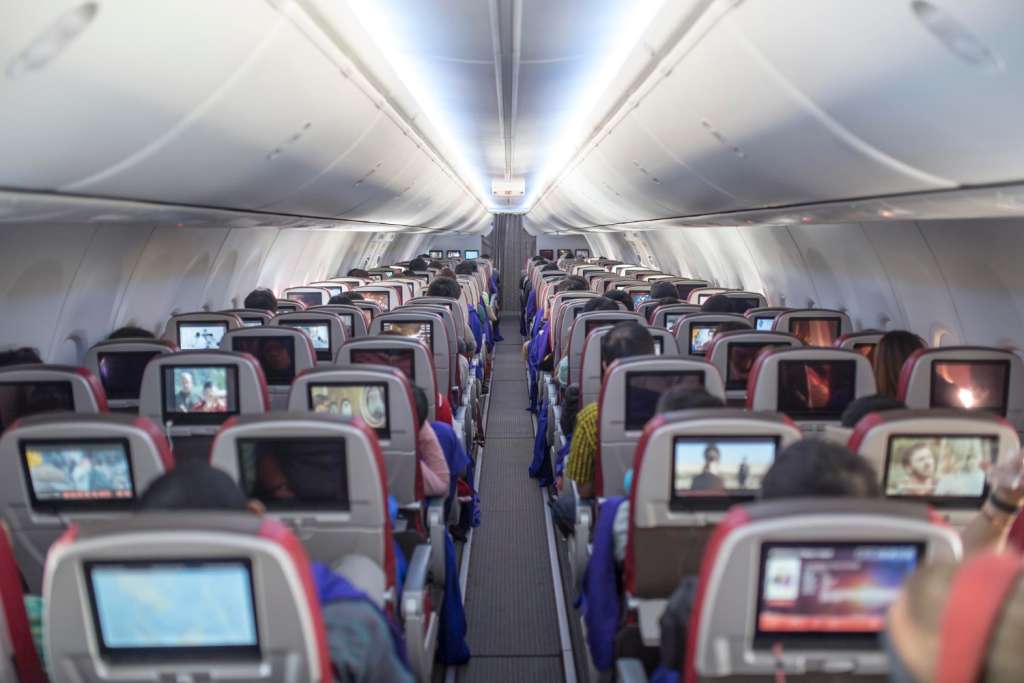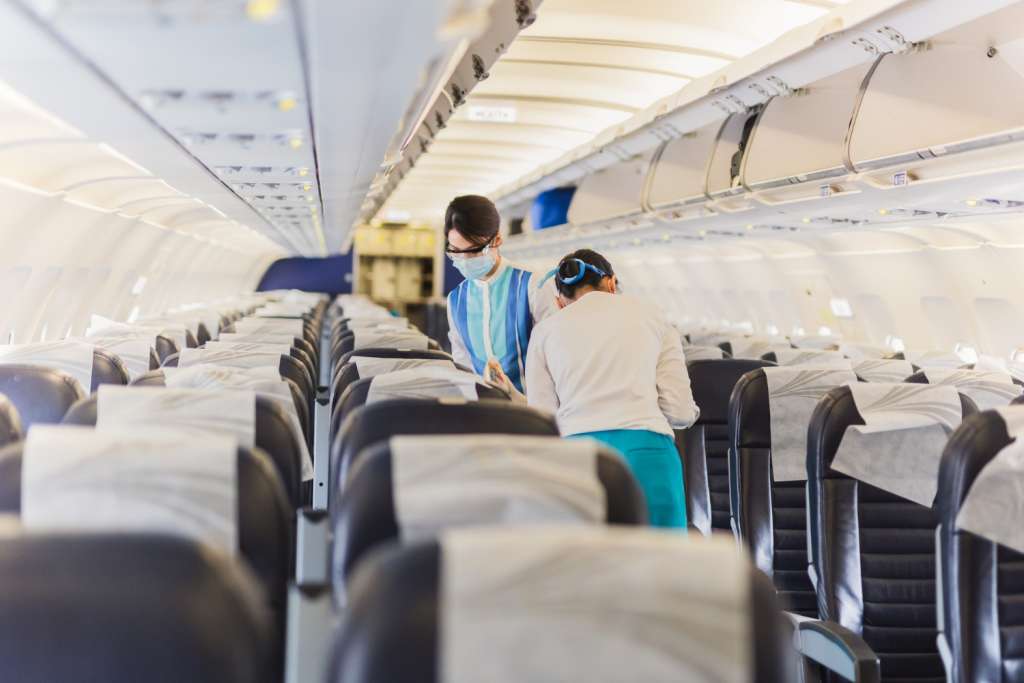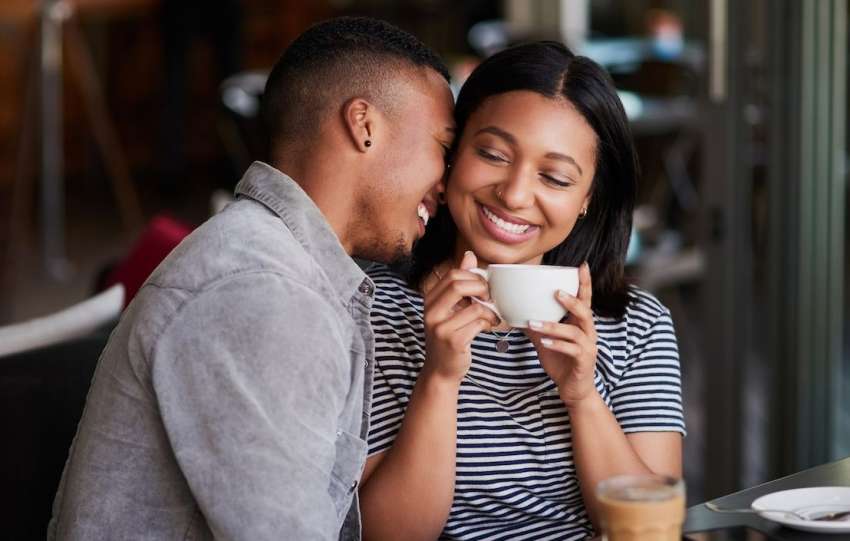Introduction
The installation of cameras in public and private spaces has always been a contentious issue, balancing security and privacy. Recently, Southwest Airlines found itself at the center of a heated debate over the alleged installation of cameras in its aircraft lavatories. This article delves into the facts surrounding this controversy, the arguments for and against such measures, and the broader implications for passengers and airline staff.

The Allegations: What Happened?
In 2017, a Southwest Airlines flight attendant, Renee Steinaker, reported seeing an iPad in the cockpit of a Boeing 737-800 that was live-streaming footage from the aircraft’s lavatory. According to Steinaker, the co-pilot confirmed that cameras had been installed in the lavatories of all new 737-800 jets as a security measure. This revelation led to a lawsuit against Southwest Airlines, with Steinaker alleging that the airline retaliated against her for reporting the incident.
Southwest Airlines has vehemently denied these allegations, stating that there are no cameras in the lavatories of their aircraft. The airline emphasized its commitment to the safety and security of both employees and passengers, asserting that the claims were unfounded. Despite these denials, the lawsuit has brought significant attention to the issue of surveillance on commercial flights.
Arguments for Installing Cameras
- Enhanced Security
Proponents of installing cameras in aircraft lavatories argue that it enhances security. In an era where terrorism and other security threats are a constant concern, having surveillance in all areas of an aircraft can help prevent and respond to potential threats more effectively. Cameras can deter criminal activities and provide crucial evidence in the event of an incident.
- Monitoring for Safety
Cameras can also be used to monitor for safety issues. For instance, if a passenger were to fall ill or become incapacitated in the lavatory, real-time footage could alert the crew to provide immediate assistance. This could be particularly important on long-haul flights where medical emergencies might arise.
- Preventing Vandalism and Misuse
Lavatories on aircraft are often subject to vandalism and misuse. Installing cameras could deter such behavior, ensuring that these facilities remain clean and functional for all passengers. It could also help identify individuals responsible for any damage, holding them accountable for their actions.
Arguments Against Installing Cameras
- Invasion of Privacy
The most significant argument against installing cameras in aircraft lavatories is the invasion of privacy. Lavatories are private spaces where passengers expect to have complete privacy. The idea of being monitored in such a personal space is deeply unsettling for many and raises serious ethical concerns.

- Potential for Abuse
There is a risk that the footage from these cameras could be misused. In the case of Southwest Airlines, the flight attendant’s allegations suggest that the footage was being live-streamed to the cockpit without passengers’ knowledge or consent. Such actions not only violate privacy but also erode trust between passengers and the airline.
- Legal and Regulatory Issues
Installing cameras in lavatories could also lead to legal and regulatory challenges. Many jurisdictions have strict laws regarding surveillance and privacy, and the installation of cameras in such private spaces could be deemed illegal. Airlines would need to navigate these complex legal landscapes, potentially facing lawsuits and regulatory penalties.
The Broader Implications
The controversy surrounding Southwest Airlines highlights the broader implications of surveillance in public and private spaces. While security is a paramount concern, it must be balanced with the right to privacy. The installation of cameras in aircraft lavatories represents a significant intrusion into personal privacy, raising questions about where the line should be drawn.
For airlines, the challenge lies in finding ways to enhance security without compromising passengers’ trust and comfort. Transparent communication and strict adherence to privacy laws are essential in achieving this balance. Airlines must ensure that any surveillance measures are clearly communicated to passengers and that their privacy is respected at all times.
Conclusion
The allegations against Southwest Airlines regarding the installation of cameras in aircraft lavatories have sparked a crucial debate about security and privacy. While there are valid arguments for enhancing security through surveillance, the invasion of privacy and potential for abuse cannot be ignored. The case underscores the need for a careful and balanced approach to surveillance, one that prioritizes both safety and the fundamental right to privacy.
As technology continues to evolve, the conversation around surveillance will only become more complex. It is imperative for airlines, regulators, and passengers to engage in open dialogue and work towards solutions that protect both security and privacy. The controversy surrounding Southwest Airlines serves as a reminder of the delicate balance that must be maintained in our increasingly monitored world.






